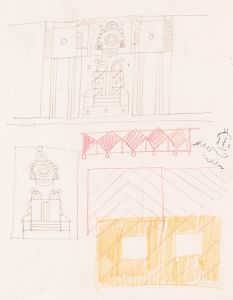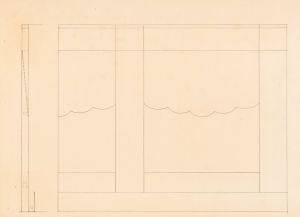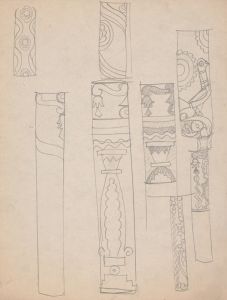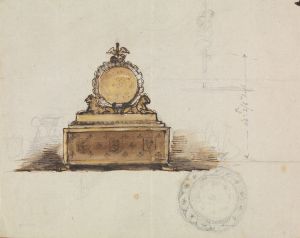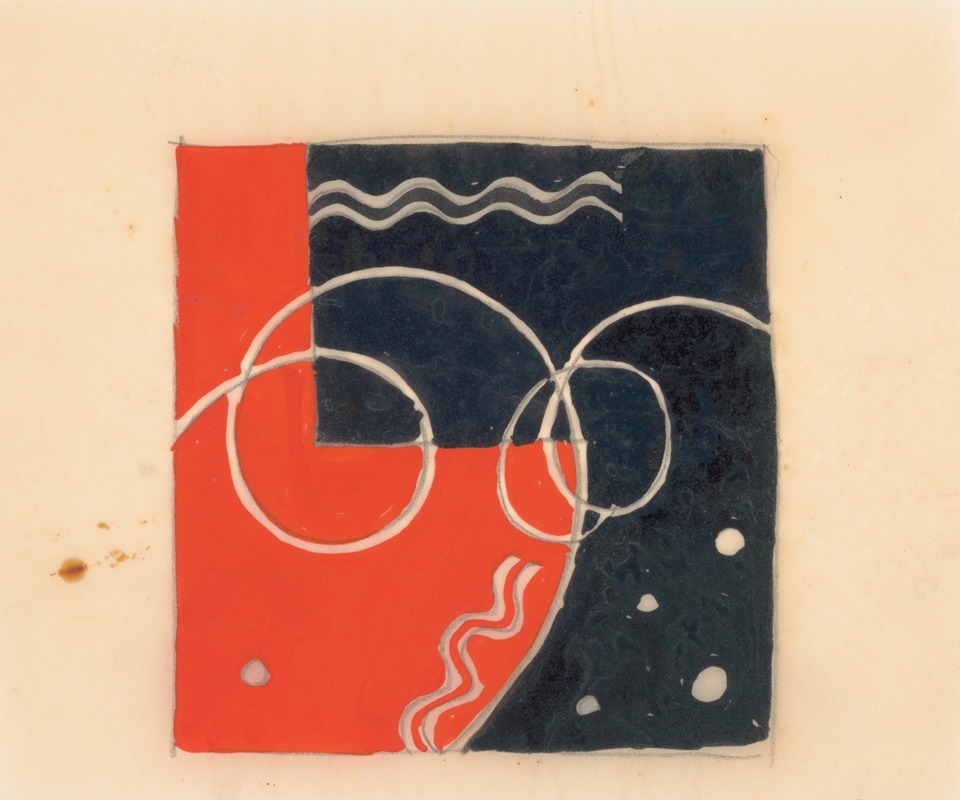
Miscellaneous small sketches for inlaid table tops.] [Design with geometric motif
A hand-painted replica of Winold Reiss’s masterpiece Miscellaneous small sketches for inlaid table tops.] [Design with geometric motif, meticulously crafted by professional artists to capture the true essence of the original. Each piece is created with museum-quality canvas and rare mineral pigments, carefully painted by experienced artists with delicate brushstrokes and rich, layered colors to perfectly recreate the texture of the original artwork. Unlike machine-printed reproductions, this hand-painted version brings the painting to life, infused with the artist’s emotions and skill in every stroke. Whether for personal collection or home decoration, it instantly elevates the artistic atmosphere of any space.
Winold Reiss was a German-American artist and designer known for his contributions to modern art and design in the early to mid-20th century. Born in Karlsruhe, Germany, in 1886, Reiss emigrated to the United States in 1913, where he became a prominent figure in the American art scene. He was particularly recognized for his work in portraiture, graphic design, and interior decoration, often incorporating elements of modernism and Art Deco into his designs.
The work titled "Miscellaneous small sketches for inlaid table tops" is a collection of designs by Winold Reiss that exemplifies his interest in geometric motifs and decorative arts. These sketches were likely created as part of his broader efforts in interior design, where he applied his artistic skills to functional objects, blending aesthetics with utility. Reiss was known for his ability to integrate vibrant colors and bold patterns, which can be seen in his designs for inlaid table tops.
Reiss's approach to design was influenced by his European training and exposure to various art movements, including Jugendstil, a German counterpart to Art Nouveau, which emphasized organic forms and intricate patterns. His work in America was also shaped by the cultural diversity he encountered, particularly his interactions with Native American and African American communities. This cultural synthesis is evident in his use of geometric motifs, which often draw inspiration from traditional patterns and modernist abstraction.
The geometric motifs in Reiss's sketches for inlaid table tops reflect his fascination with symmetry, balance, and the interplay of shapes. These designs would have been intended for use in high-end furniture, where the inlay technique involves embedding pieces of contrasting materials into the surface of the wood to create intricate patterns. This method not only enhances the visual appeal of the furniture but also showcases the craftsmanship involved in its creation.
Reiss's work in this area is part of a larger trend during the early 20th century, where artists and designers sought to elevate everyday objects to the level of fine art. By applying artistic principles to functional items, they aimed to enrich the aesthetic experience of daily life. Reiss's designs for inlaid table tops are a testament to this philosophy, demonstrating how art and design can intersect to produce objects that are both beautiful and practical.
Throughout his career, Winold Reiss contributed significantly to the American art and design landscape. His work was featured in various exhibitions and publications, and he received numerous commissions for public and private projects. In addition to his design work, Reiss was an accomplished portrait artist, known for his sensitive and vibrant portrayals of diverse subjects.
Reiss's legacy continues to be appreciated for its innovative approach and cultural inclusivity. His designs, including those for inlaid table tops, remain a testament to his skill and vision as an artist who sought to bridge the gap between art and everyday life.





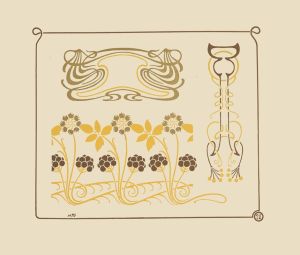
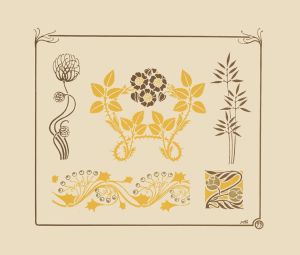
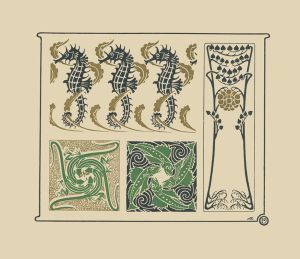

![Design for miscellaneous interior.] [Sketch of interior](/imgs/249290/s/winold-reiss-design-for-miscellaneous-interior-sketch-of-interior-38806ef7.jpg)
![Exhibit design with stage in form of folding screen.] [Sketch of exhibit with modern chairs and tables](/imgs/249343/s/winold-reiss-exhibit-design-with-stage-in-form-of-folding-screen-sketch-of-exhibit-with-modern-chairs-and-tables-b25d6d6d.jpg)
![Interior perspective drawings of Hotel Siwanoy, Mount Vernon, NY.] [Interior perspective of dining room](/imgs/249368/s/winold-reiss-interior-perspective-drawings-of-hotel-siwanoy-mount-vernon-ny-interior-perspective-of-dining-room-d26480cd.jpg)
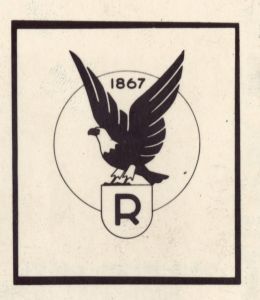
![Miscellaneous small sketches for inlaid table tops.] [Design with green lines and yellow wave motif](/imgs/249436/s/winold-reiss-miscellaneous-small-sketches-for-inlaid-table-tops-design-with-green-lines-and-yellow-wave-motif-474c01c.jpg)
![Miscellaneous small sketches for inlaid table tops.] [Design with red and orange circular motif](/imgs/249440/s/winold-reiss-miscellaneous-small-sketches-for-inlaid-table-tops-design-with-red-and-orange-circular-motif-78ec6d9c.jpg)
